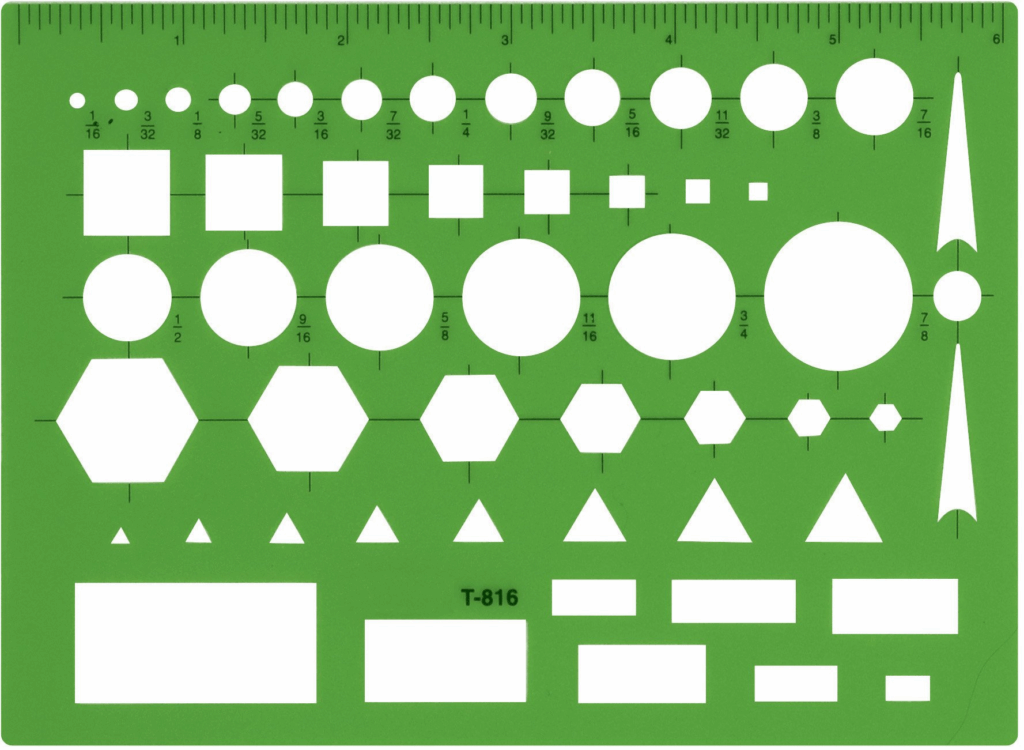The three-chapter method to manage rewrites and reviews efficiently

Unless you carefully plan your rewrites, you risk wasting lots of effort — and worse, wasting your ability to bring a fresh and creative mind to all parts of your nonfiction book project.
The naive approach to the book is to write all the chapters in order. This is easy to conceive, but it creates a problem. As you write Chapter 3, you realize things about your book that require revisions in Chapter 2. You revise Chapter 2, complete Chapter 3, and then write some other chapter which once again convinces you of a better way to rewrite earlier chapters. Soon you’re rewriting chapters over and over — and with each rewrite, your energy fades. That’s perhaps the hardest possible way to write a book.
It’s also a disaster if you’re collaborating with coauthors, ghostwriters, editors, or other reviewers. “Here, read Chapter 2. Now read Chapter 3. Now read my revision of Chapter 2. Oh wait, I’ve revised Chapter 2 again, now read it.” You will drive your reviewers and collaborators nuts, and even if they apply themselves, your ability to respond to their suggestions will be haphazard.
After working on dozens of book projects, I’ve developed a method called the three-chapter method. This method ensures that you spend your creative energy where it is most effective and rewrite with purpose. It’s also highly effective when working with coauthors, ghostwriters, editors, or other reviewers.
What is the three-chapter method, and how does it help?
For this method to be effective, you must start by creating a detailed table of contents and then use it as a project plan for the whole book. Design the content so each chapter answers a question the reader will have. Unless you know how your book will be organized, you can’t effectively manage your creative energy and rewriting.
To implement the three chapter method, recognize that there are three types of chapters that will move your book project forward.
- Chapter 1. This chapter is unique. It must lay out both the main problem that the book solves and the framework of the solution. It includes at least some elements of all the key ideas in the book. It must also scare the crap out of the reader, so they will want or need to read on.
- A test/template chapter. This is a typical chapter that can be written and revised as a template all the other chapters. The best choice is the chapter that is easiest to write, but includes the elements that will be in the other chapters. (It’s also the sample chapter that you will include in the book proposal, if you are writing one.)
- All the other chapters. It’s most effective to write these once the test/template chapter is in solid shape.
Here’s how to use the three-chapter method:
- Start by writing Chapter 1. This may take several revisions based on the balance you must create between introducing ideas and making the chapter compelling. Once this is in solid shape, put it aside and resist the urge to rewrite further.
- Now write and rewrite the test/template chapter. This is where you work out structural issues that will apply to all the chapters. For example, do you start with a case study? How do you refer to research or data that supports your thesis? How do you introduce the problem that the chapter will solve? How will you integrate thought frameworks; where will you introduce them and explain how to use them? Will you include sidebars or bulleted takeaways at the end of the chapter? It may take several drafts to get this chapter to the point where it a useful model. If your process includes coauthors, editors, or other reviewers, you should send this chapter to them and incorporate their feedback to make it as solid and representative as possible. None of these rewrites are wasted, since by perfecting this chapter, you are creating a model and template for the rest of the chapters.
- Next, write the rest of the chapters in order. Follow what you learned in perfecting the test/template chapters. As you write later chapters, you’ll gain additional insights into how earlier chapters could be better. Make a note of these insights, but do not rewrite the earlier chapters yet. Depending on your collaboration process, you can send these chapters out for review one-at-a-time or in chunks and get feedback. But do not act on the feedback yet. Resist the urge to rewrite, even though you know things you wrote now need revision. (Note: you may need to hold back a chapter or two from this process if, for example, it depends on interviews or data you have not yet collected.)
- Finally, rewrite the whole book from start to finish. When you begin this rewrite, you’ll have assembled all the knowledge from drafting and getting feedback on all the chapters. This means you can rewrite each chapter once, rather than over and over. This is also where you draft the chapters that held back in step 3.
This takes discipline, but it’s how writing professionals work
Agile development processes have conditioned us fix problems as soon as they’re identified. But writing is different. An ADD approach to revision creates lots of extra work and totally confounds review cycles. It sounds fast, but it’s actually much slower in the long run.
The three-chapter process concentrates your revision efforts on the test/template chapter in a deliberate effort to make it easier to write all the other chapters. It’s much easier to manage than writing and revising a bunch of chapters in the “natural” order.
There are many ways to write nonfiction books. But this carefully designed approach is one way that will minimize the chance of having to go insane along the way.